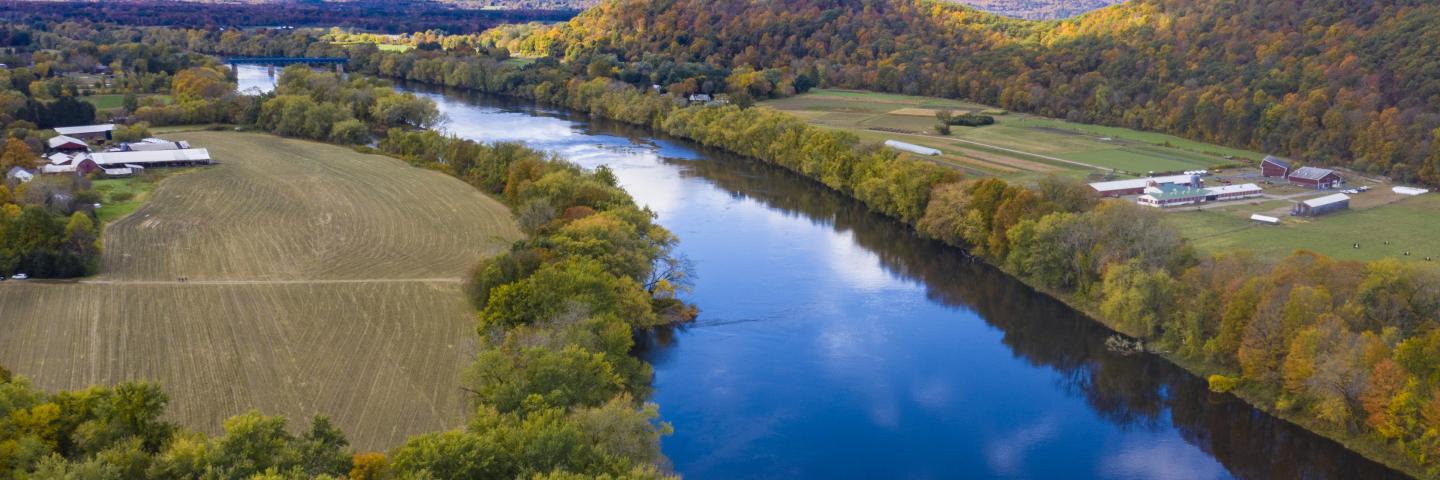
Water is the most essential element for life and has many uses—for growing crops, livestock production, maintaining healthy soil, providing wildlife habitat, and providing drinking water to humans and wildlife.
Water is the most essential element for life and has many uses—for growing crops, livestock production, maintaining healthy soil, providing wildlife habitat, and providing drinking water to humans and wildlife. Given the role and function of water in relation to agricultural production, it is critical that abundant, clean water is available for any agricultural operation. Agricultural producers can, and do, have a significant role in improving water quality resource concerns by improving their operations through implementation of a system NRCS conservation practices. No single practice is a silver bullet for improving water quality.
According to the US Geological Survey’s (USGS) National Water Quality Assessment (NAWQA), agricultural runoff is the leading cause of water quality impacts to rivers and streams, the third leading source for lakes, and the second largest source of impairments to wetlands. These waters are used to irrigate crops, feed livestock, provide habitat for wildlife, and are our nations sources of drinking water.
NRCS is working across the US to help landowners and producers improve their operations, their products, and their bottom line. Addressing resource concerns, including those negatively impacting water quality through multiple initiatives, will support production and environmental conditions.
Why is conservation vital to water quality for agricultural operations and communities?
Water for Crops & Soil: Poor quality water can be responsible for slow growth, poor aesthetic quality of the crop and, in some cases, can result in the gradual death of the plants. High soluble salts can directly injure roots, interfering with water and nutrient uptake. Salts can accumulate in plant leaf margins, causing burning of the edges.
Water for Livestock: Animals need clean, abundant sources of water throughout their life. Studies have shown that yearling cattle gained 23% more when drinking clean water, rather than drinking from a pond.
Water for Wildlife: Freshwaters such as lakes, rivers, streams, wetlands, and aquifers provide habitat to more than 10% of all known animals and about 50% of all known fish species. Yet despite the massive role water plays for people and nature, it is a surprisingly finite resource. Less than 1% of the world's water is fresh and accessible.
Water for Human Consumption: According to the USGS’s NAWQA study, it was estimated that 2% of public-supply wells and 6% of private wells exceeded the maximum contaminant level (MCL) of 10 mg/L, whereas, in agricultural areas, 21% of private wells exceeded the MCL. The following NRCS Targeted Initiatives for Water provide an opportunity for landowners and producers to improve their operations while also improving water quality (listed in order of reach):
NRCS Targeted Initiatives for Water

National Water Quality Initiative

Source Water Protection

Mississippi River Basin Healthy Watersheds Initiative

WaterSMART

Great Lakes Restoration Initiative



